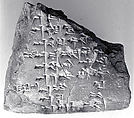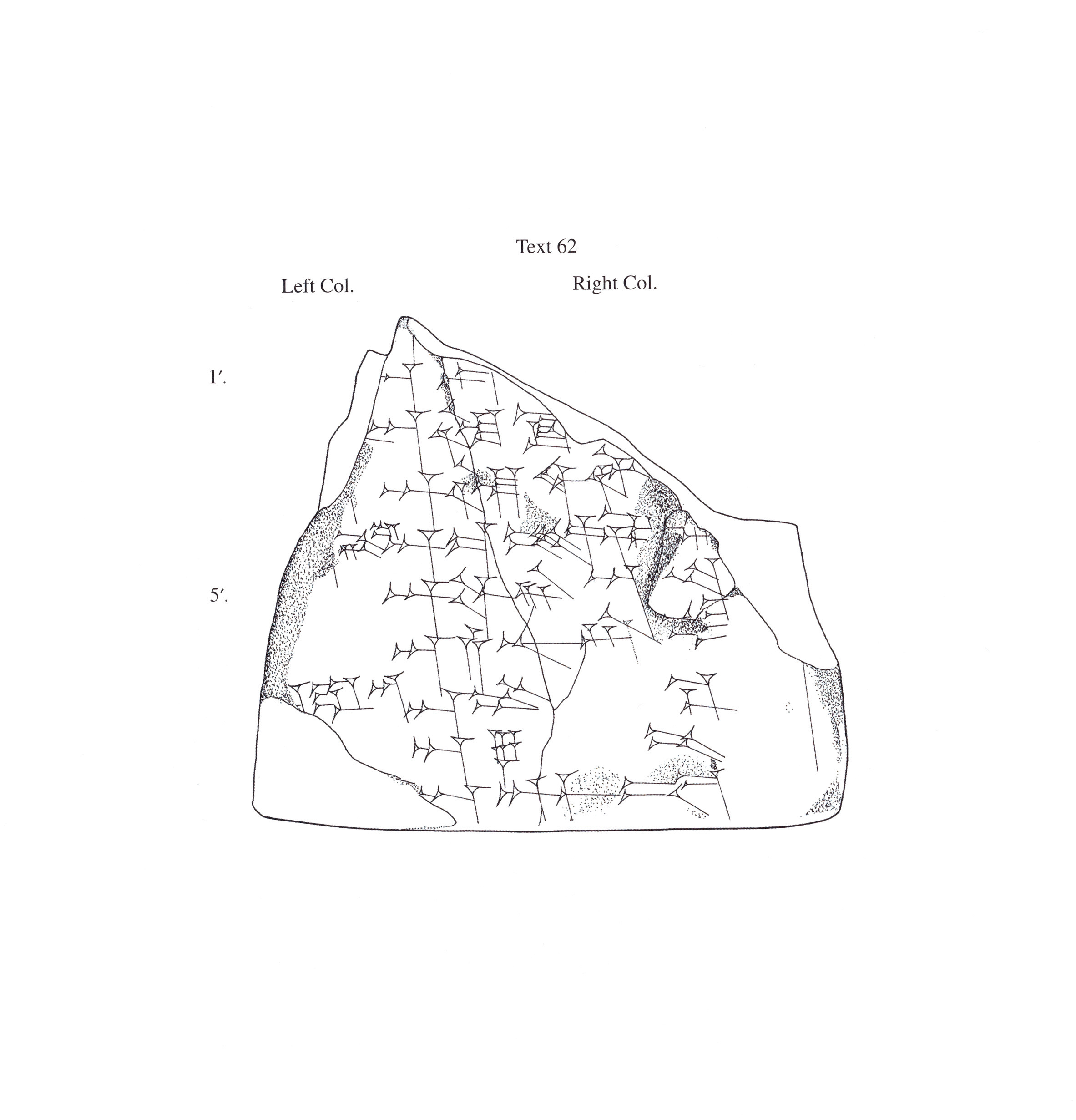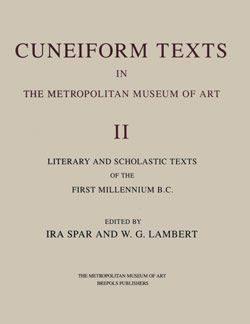Cuneiform tablet: fragment of the Weidner God List
Not on view
The invention of writing in approximately 3300 B.C. was one of many developments in administrative technology--including the use of geometric tokens for counting and cylinder seals to guarantee transactions--that accompanied the growth of the first cities and states in southern Mesopotamia. Proto-cuneiform is the name given to the earliest form of writing--pictograms that were drawn on clay tablets. Gradually, the pictograms became abstracted into cuneiform (Latin, "wedge-shaped") signs that were impressed rather than drawn. At its greatest extent, cuneiform writing was used from the Mediterranean coast of Syria to western Iran and from Hittite Anatolia to southern Mesopotamia. It was adapted to write at least fifteen different languages. The last dated cuneiform text has a date corresponding to A.D. 75, although the script probably continued in use over the next two centuries.
This fragment of a clay tablet was part of a series that listed the names of many Mesopotamian deities, both major and minor. It seems that this god list originally developed in the Old Babylonian period, perhaps to help keep track of the myriad gods recognized by different city-states, but in later periods it could be used to help students learn cuneiform writing. Each entry on the text, which reads from left to right, begins with the sign for "deity" (Sumerian dingir), made up of two horizontal wedges followed by one vertical wedge. In this fragment, the name of the legendary hero Gilgamesh is included, and given the marker of divinity.
This image cannot be enlarged, viewed at full screen, or downloaded.
This artwork is meant to be viewed from right to left. Scroll left to view more.




